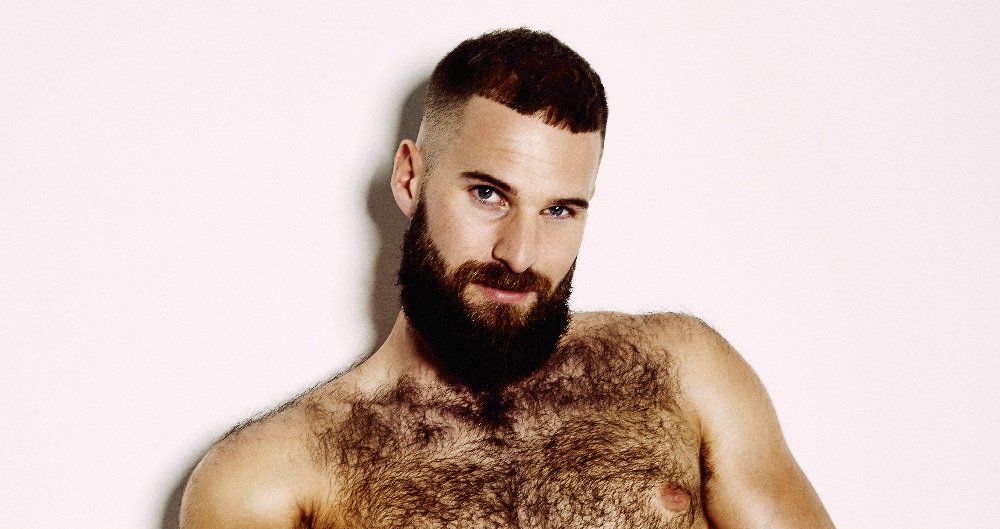If you’re struggling with hair loss and don’t have enough scalp donor hair, you might be surprised to learn that body hair can come to the rescue. Many people exploring Body Hair Transplant in Dubai are curious about how this innovative procedure works. Here’s a clear, step-by-step look at the process so you know what to expect.
What is a Body Hair Transplant?
A body hair transplant involves taking hair from areas like the chest, back, arms, or beard and transplanting it to the scalp or other thinning regions. This technique is especially helpful for individuals who have limited donor hair on the scalp but still wish to restore hair density.
Step 1: Initial Consultation and Planning
The first step is an in-depth consultation with a qualified hair restoration specialist. During this meeting:
- Your hair loss pattern is examined.
- Body donor areas (such as chest or beard) are assessed for hair quality and density.
- A tailored treatment plan is created, mapping out how many grafts are needed and the areas to be covered.
This careful planning ensures the transplanted hair will look natural and blend seamlessly with your existing hair.
Step 2: Preparing the Donor Area
On the day of the procedure, the donor area is cleaned and shaved if necessary. Local anesthesia is then applied to numb the area, making sure you stay comfortable throughout the extraction process.
Step 3: Extracting the Hair Follicles
Most body hair transplants use the FUE (Follicular Unit Extraction) technique. Here’s how it works:
- A tiny punch tool (usually less than 1mm in diameter) is used to extract individual hair follicles from the donor area.
- This method minimizes scarring and preserves the natural appearance of the donor site.
- The extracted follicles are carefully stored in a special solution to keep them healthy.
Because body hair can have different growth cycles and textures compared to scalp hair, a skilled technique is needed to harvest follicles that will grow effectively when transplanted.
Step 4: Preparing the Recipient Area
Next, the area that will receive the new hair is numbed with local anesthesia. Tiny incisions are made using fine blades or needles. The placement of these incisions is critical because it determines the angle, direction, and overall look of the new hair growth.
Step 5: Implanting the Hair Grafts
This is where artistry truly comes into play. Each harvested follicle is meticulously implanted into the prepared sites. Surgeons ensure:
- The grafts are placed at natural angles to mimic existing hair.
- The density is distributed evenly for a fuller look.
- The process is done carefully to protect the delicate grafts.
Step 6: Recovery and Aftercare
After the procedure:
- You can typically go home the same day.
- Mild swelling or redness may occur, but this usually subsides within a few days.
- Following aftercare instructions is essential. This may include gentle washing, avoiding sun exposure, and refraining from strenuous activity for a short period.
New hair typically starts to grow after three to four months, with more noticeable improvements over 6-12 months.
Why Consider Body Hair Transplant?
Dubai has become a popular hub for advanced hair restoration treatments. People from all over the world visit Dubai for procedures like body hair transplant because of:
- Highly trained professionals experienced with complex cases.
- State-of-the-art facilities offering the latest techniques.
- An environment that values patient privacy and comfort.
Whether you’re dealing with extensive hair thinning or simply lack enough scalp donor hair, exploring Body Hair Transplant Dubai could be your solution to achieving a fuller, natural-looking head of hair.
Final Thoughts
A body hair transplant is a technically demanding procedure that requires precision and experience. When performed skillfully, it can provide impressive, life-changing results for those who have limited scalp donor hair. By understanding the step-by-step process, you’re better equipped to make informed decisions about your hair restoration journey.





Comments